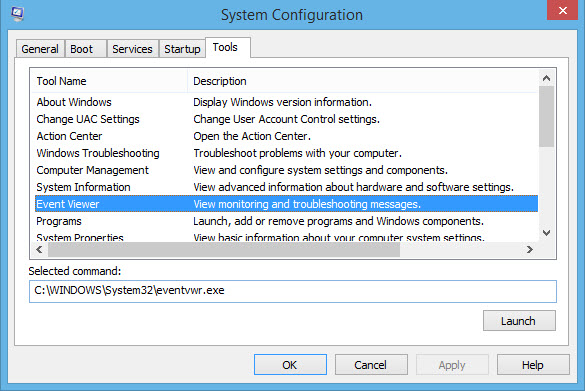MSConfig is a good, versatile tool for managing the startup process on your computer.
You can troubleshoot stability and performance problems in Windows XP through Window 10
Details
To launch the tool go to the “run” command (varies by OS), type “msconfig” and enter.
Note there are 5 tabs that allow you to change various things to diagnose system problems or change the look & feel of the system.
DISCLAIMER: As with any System change it is a good idea to back up your data beforehand. (Just in case)
First Tab “General” includes “Normal startup, Diagnostic startup, and Selective startup".
Normal startup.

Starts Windows as is, with all the installed startup items, drivers and services.
Diagnostic start up.
Similar to booting into safe mode as it runs only Windows services and drivers.
This mode is useful if you want to rule out Windows files and services as being the source of possible system stability problems.
Selective start up
Windows starts with its basic services and drivers thus allowing you to select other services and startup items you want to run, from the Services and Startup tabs.
Second Tab (Boot) is very useful. You can set the boot order and many advanced options.
Boot
You can set the timeout that the system waits for you to choose which OS. You can also set it to safe boot. (next re-boot)
Other options can also be changed.
Advanced boot options
If you click on Advanced Options (in any OS), you can set things such as the number of processors allocated to the operating system at boot, or the maximum amount of RAM. (Both normally left unticked)
Third Tab manages the Startup services.
You can check the services you want to run at startup and uncheck the ones you don't.
If you want to see only third-party services, installed by your applications, check the box which says "Hide all Microsoft services".
Be sure you know what you are un - checking.
*** Did you remember to backup? ***
Fourth Tab is called Startup.
(In XP, Vista, and Win 7 - In Win8, and Win 10 TP, it redirects user to Task manager)
Win 7

Fifth tab is called Tools.
Here you can launch administrative tools from within msconfig.
You get a list with Windows administrative tools.
To use these tools select the one you want then click launch.When you have finished making changes don’t forget to click APPLY to save the changes and then “OK”
You will probably be asked to restart the computer in order for the changes to take effect.
MSCONFIG IS a very useful tool when used correctly.
Most power users are intimately familiar with it.






No comments:
Post a Comment